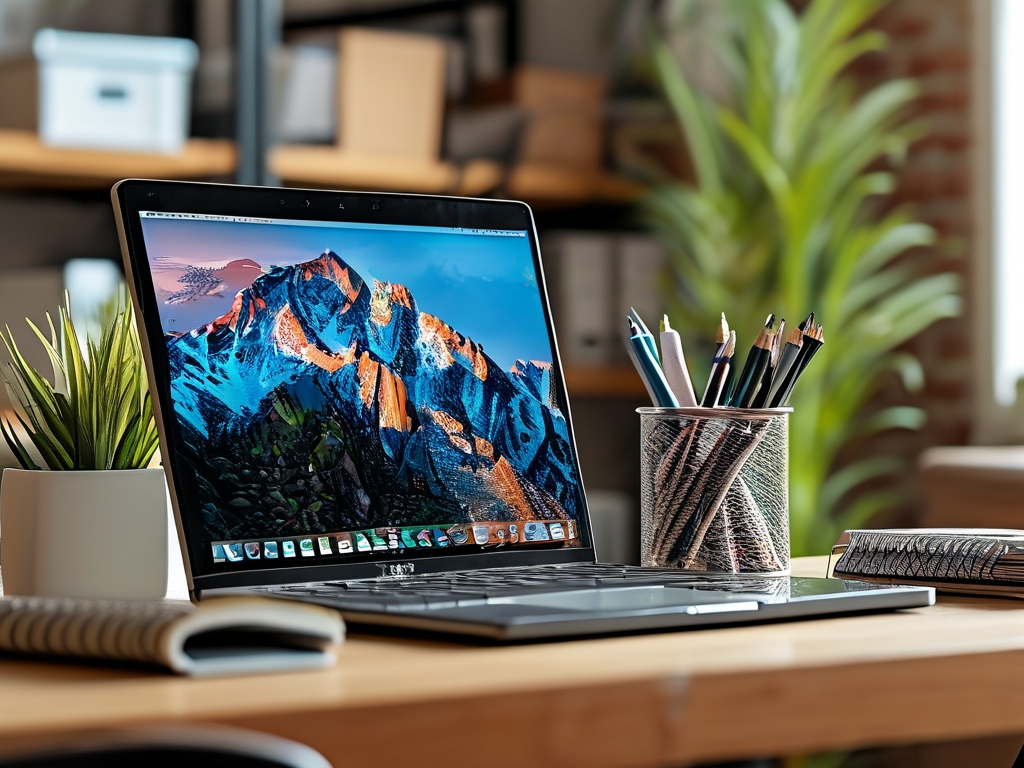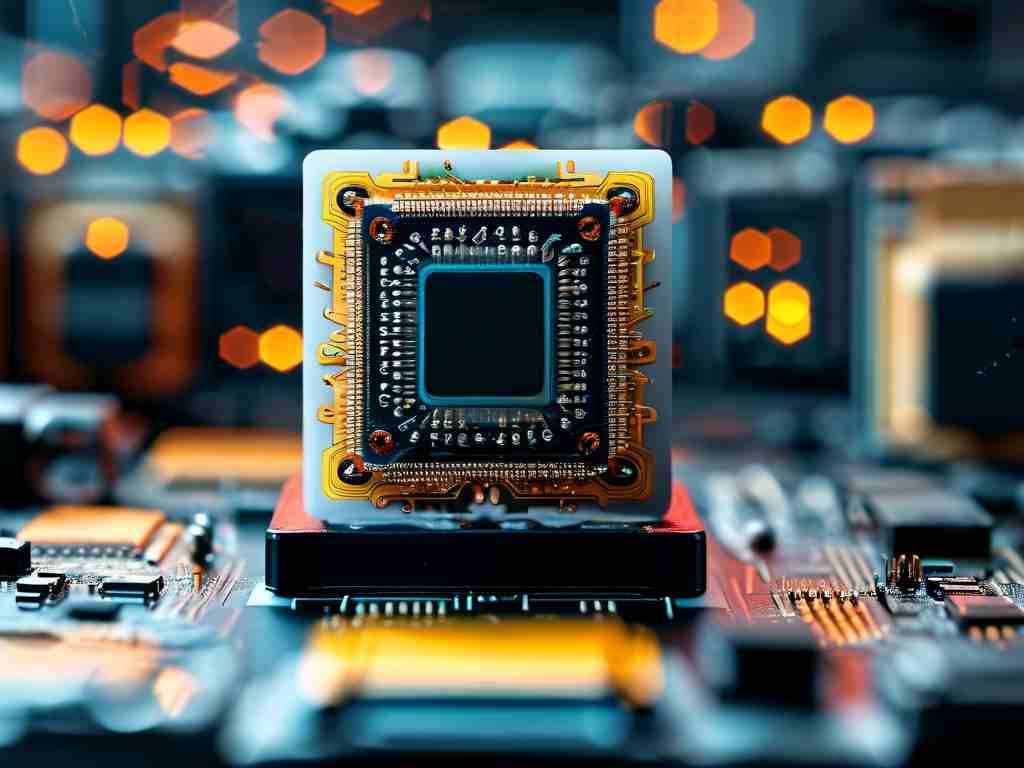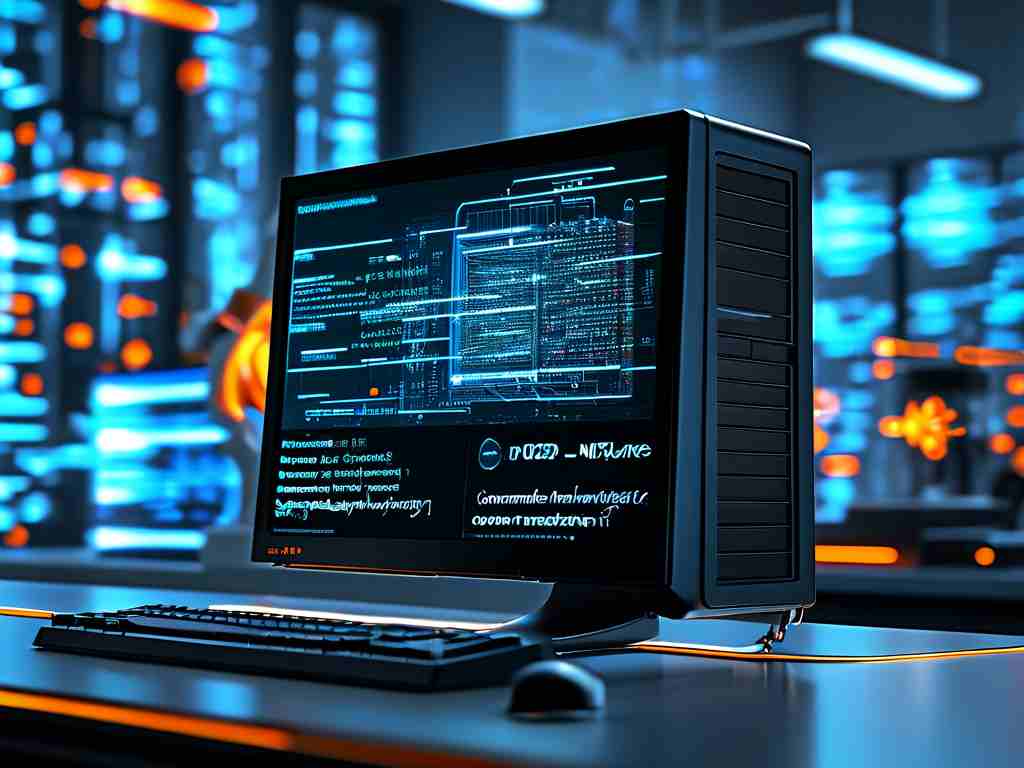Managing memory efficiently on office laptops is critical for maintaining productivity, ensuring smooth multitasking, and prolonging device longevity. As modern workplaces increasingly rely on software tools like cloud-based applications, video conferencing platforms, and data-heavy spreadsheets, optimizing memory usage has become a necessity. This article explores practical methods to manage memory on office laptops, addressing both software and hardware solutions.

Understanding Memory Usage
Memory (RAM) acts as a temporary workspace for active applications. When RAM is overwhelmed, systems slow down, freeze, or crash. Common culprits of excessive memory consumption on office laptops include:
- Multiple open applications: Having too many programs running simultaneously.
- Background processes: Automatic updates, antivirus scans, or unused startup apps.
- Memory leaks: Software bugs that cause apps to consume increasing RAM over time.
- Large files: Editing high-resolution images or videos without sufficient RAM.
Step 1: Monitor and Analyze Memory Usage
Begin by identifying what’s consuming memory. On Windows, use Task Manager (Ctrl+Shift+Esc) to view RAM usage per app. On macOS, open Activity Monitor (Cmd+Space > “Activity Monitor”). Sort processes by memory usage to spot resource-heavy applications. Tools like HWMonitor or Memtest86 can provide deeper hardware diagnostics.
Step 2: Optimize Software Settings
- Close Unnecessary Apps: Avoid keeping unused programs running. Browser tabs, in particular, can silently devour RAM—consider extensions like OneTab to consolidate tabs.
- Disable Startup Programs: Prevent non-essential apps from launching at boot. On Windows, manage this via Task Manager > Startup. On macOS, go to System Settings > General > Login Items.
- Adjust Virtual Memory: Increase the page file size (Windows) or swap space (macOS) to offload RAM tasks to the hard drive. However, this is a temporary fix and may slow performance if overused.
Step 3: Upgrade Hardware When Necessary
If software tweaks aren’t enough, consider hardware upgrades:
- Add More RAM: Most office laptops allow RAM upgrades. Check your device’s specifications for compatibility (e.g., DDR4 vs. DDR5).
- Switch to an SSD: Solid-state drives improve data access speeds, reducing reliance on RAM for caching.
Step 4: Leverage Memory Optimization Tools
- Built-in Cleaners: Use tools like Windows Memory Diagnostic or macOS’s Optimized Storage to clear cached files.
- Third-Party Software: Apps like CleanMyPC (Windows) or CleanMyMac X automate memory cleanup. For advanced users, Process Lasso prioritizes critical tasks.
Step 5: Adopt Best Practices for Daily Use
- Regular Reboots: Restarting laptops clears temporary memory buildup.
- Limit Browser Extensions: Each extension consumes RAM—disable those not in active use.
- Use Lightweight Alternatives: Replace resource-heavy apps with lighter versions (e.g., LibreOffice instead of Microsoft Office for basic tasks).
Case Study: A Real-World Example
A mid-sized accounting firm reported frequent laptop slowdowns during tax season. After analyzing their systems, they discovered outdated RAM (8GB) and excessive background processes. By upgrading to 16GB RAM, disabling 15+ startup apps, and training staff to close unused programs, they reduced average memory usage by 40% and eliminated workflow interruptions.
Effective memory management on office laptops requires a mix of proactive monitoring, software optimization, and strategic hardware upgrades. By implementing these strategies, businesses can enhance productivity, reduce downtime, and extend the lifespan of their devices. Regular maintenance and employee education further ensure sustained performance in fast-paced work environments.









